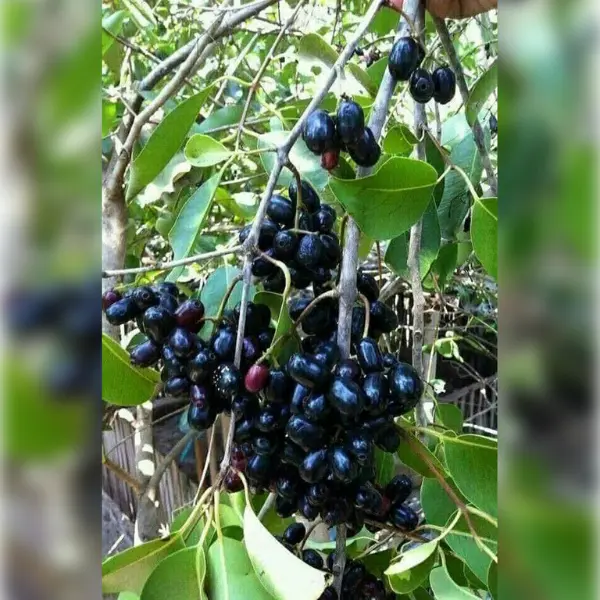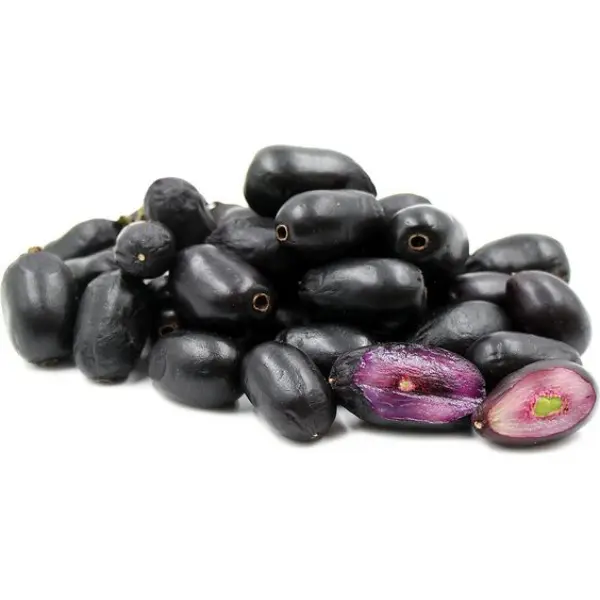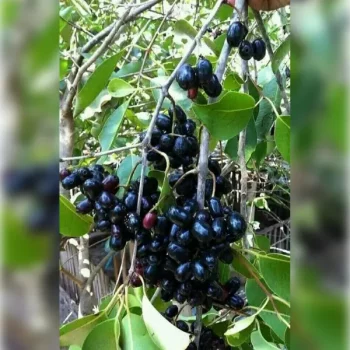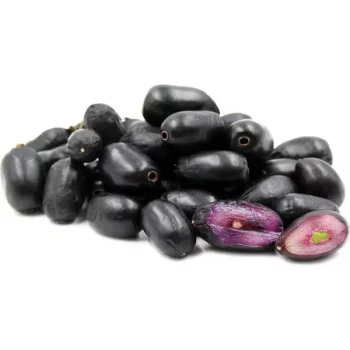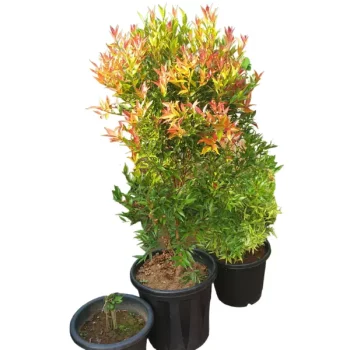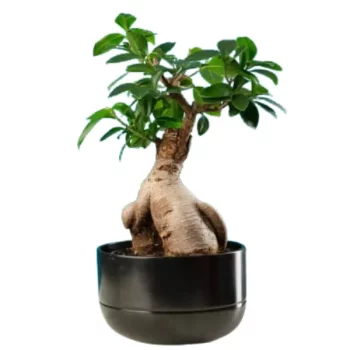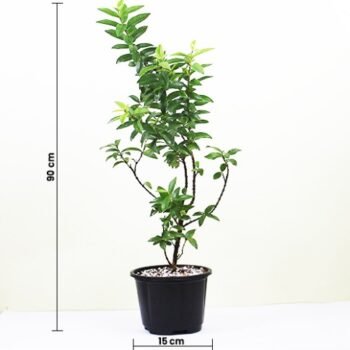JAMUN / JAVA PLUM / INDIAN BLACKBERRY
Jamun, also known as Java plum or black plum, is a fruit native to India celebrated for its unique blend of sweet and tangy flavors. With its deep purple hue and juicy flesh, Jamun is not only delicious but also rich in antioxidants and essential nutrients. From enjoying it fresh as a snack to incorporating it into traditional Indian desserts and refreshing beverages, Jamun holds a cherished place in Indian culinary culture.
BENEFITS
The fruit aids in the conversion of carbohydrates to energy and regulates blood sugar levels. Because of its low glycemic index, diabetic patients should consume Jamun during the summer.
Plant details
- Generally, these plants can start producing fruit within 2-4 years after planting, but some fast-growing varieties may produce fruit as early as 1-2 years under optimal conditions
- 1 Mtr Minimum Length
- Jamun trees prefer well-draining soil with a slightly acidic to neutral pH level.
- Ensure well-draining soil with a pH level between 5.5 and 6.5. Sandy loam or loamy soil with good organic content is ideal.
- Keep the soil consistently moist, especially during the growing season and dry periods.
- Feed Jamun trees with a balanced fertilizer during the growing season.
- Jamun trees thrive in full sunlight.
- Prune Jamun trees annually to maintain shape, remove dead or diseased branches, and encourage airflow and sunlight penetration. Prune after the fruiting season, typically in late winter or early spring.
- Harvest Jamun fruits when they are fully ripe, typically when they turn from green to purple or black and become slightly soft to the touch.
- Outdoor plant
Package Details
- Live Plant Shipped In Poly Bag Without Pots .
- It comes in Ventilated Box for Healthy and Safe Delivery of the Plants
- Replant in a loosened soil either in pot or on land and water regularly
- Note: the image is for reference purpose only. The actual product may not be with fruits , height and spread will be the packagable size only .
- Water the plant immediately after receiving them to avoid transit dryness and keep it in the indirect sunlight for a week and move into more sunlight area

